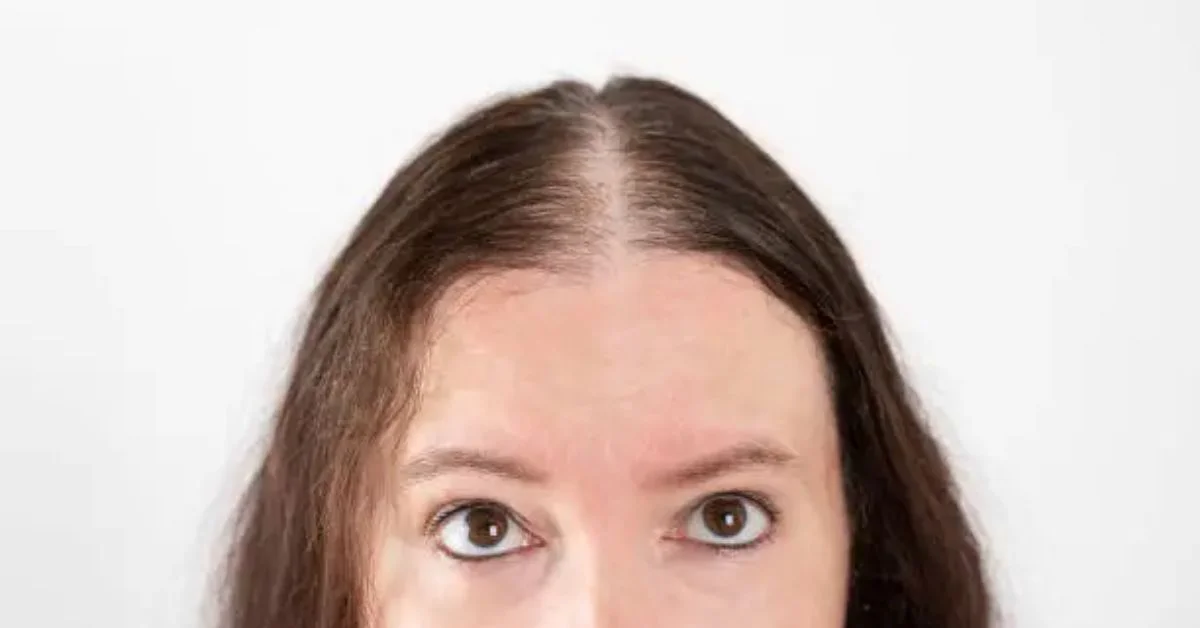In recent years, lowering forehead surgery—also known as forehead reduction or hairline lowering surgery—has become an increasingly sought-after procedure among those looking to achieve a more balanced facial appearance. Whether driven by aesthetic preferences or the desire to address congenital or post-traumatic concerns, this procedure offers a significant shift in how patients perceive themselves.
In this guide, we will take you through every angle of forehead reduction surgery: the techniques, candidacy, recovery, risks, costs, and the evolving trends that shape its future. If you’re considering this surgery, or simply curious about it, the information below provides a modern, expert-informed look—written with the nuance and depth that today’s discerning readers expect.
What Is Lowering Forehead Surgery?
Lowering forehead surgery is a cosmetic procedure that reduces the vertical height of the forehead by bringing the hairline forward. It is most commonly performed to address concerns about a high hairline or elongated forehead, creating a more proportionate and youthful appearance.
The surgery involves excising a section of skin along the top of the forehead and then advancing the scalp downward. The incision is carefully concealed within or along the natural hairline to ensure minimal visibility post-healing. Often, it is combined with hair grafting to soften the transition zone or address existing hairline irregularities.
Why People Choose to Undergo Forehead Reduction
High foreheads can occur for a variety of reasons—genetics, hair loss, aging, or previous surgical procedures. For many individuals, this feature can result in a disproportionate facial aesthetic or feelings of self-consciousness.
Some of the most common reasons people pursue this surgery include:
- Cosmetic Balance: Achieving a more aesthetically balanced facial ratio between the upper, middle, and lower thirds of the face.
- Gender Affirmation: Particularly among transgender women, the procedure can feminize the hairline and enhance facial harmony.
- Reconstructive Needs: Correcting deformities due to injury, scarring, or previous surgeries.
- Hair Loss Compensation: For patients experiencing frontal hairline recession, it can restore a more youthful look.
Who Is a Candidate for Forehead Reduction Surgery?
Not everyone is an ideal candidate for this procedure. Successful outcomes depend on several physical and lifestyle factors:
- Good Scalp Laxity: Adequate elasticity in the scalp is essential to allow for downward advancement without excessive tension.
- Stable Hairline: Patients should not be experiencing active or aggressive hair loss in the frontal scalp.
- Non-Smokers: Smoking impairs healing and increases the risk of complications.
- Realistic Expectations: Patients should understand what the procedure can and cannot achieve.
This surgery is suitable for all genders and ages above 20, though assessments should be personalized and thorough. Patients with medical conditions that impair wound healing (like diabetes or autoimmune diseases) should approach the procedure with caution.
The Procedure: Step-by-Step
Pre-Surgical Planning
The process begins with a consultation, where the surgeon maps the desired hairline, evaluates scalp laxity, and takes medical history. Preoperative photos are typically taken for documentation.
Surgery Day: Lowering Forehead Surgery
- Anesthesia: Usually performed under general anesthesia, though local with sedation is sometimes used.
- Incision: A trichophytic incision is made along the existing hairline.
- Excision and Advancement: A segment of forehead skin is excised. The scalp is then loosened and pulled forward.
- Closure: The incision is closed meticulously to encourage hair regrowth through the scar, camouflaging it.
Duration
Surgery typically takes 1.5 to 2.5 hours.
Recovery and Downtime: Lowering Forehead Surgery
Recovery is relatively quick compared to other facial surgeries, but it’s not without its phases.
Week 1
- Swelling and bruising are most noticeable during the first week.
- Pain is manageable with over-the-counter or prescribed medications.
- A compression bandage may be worn.
Week 2-3
- Sutures or staples are removed, depending on the surgeon’s method.
- Most people return to work or school within 10–14 days.
Month 1-3
- Numbness around the scalp and forehead may persist.
- Hair around the incision may temporarily shed but usually regrows.
Full Recovery
Most patients see final results within 6 to 9 months, including hair regrowth and scar fading.

Risks and Complications: Lowering Forehead Surgery
While generally safe when performed by a board-certified facial plastic surgeon, forehead reduction surgery carries some risks:
- Visible Scarring: Though usually minimal, some patients may develop thick or raised scars.
- Hair Loss: Shock loss around the incision may occur but is typically temporary.
- Asymmetry: Slight hairline irregularities may require revision or grafting.
- Numbness: Temporary loss of sensation is common but usually resolves.
- Infection or Hematoma: Rare, but possible, especially in smokers or patients with poor post-op care.
Surgeons mitigate these risks with precise technique and individualized planning. Patients can help by adhering strictly to post-op instructions.
Cost of Forehead Reduction Surgery
The cost varies based on location, surgeon experience, anesthesia type, and whether additional procedures (like brow lift or grafting) are included. On average:
- United States: $6,000 to $12,000
- Canada/UK: £4,500–£9,000 or CAD $7,000–$11,000
- Other Countries: Medical tourism hotspots like Turkey or South Korea offer it from $3,000–$6,000.
It’s rarely covered by insurance unless linked to a medical or reconstructive need.
Combining with Other Procedures
Many patients opt to pair forehead reduction with:
- Brow Lift: To elevate sagging brows or reshape the arch.
- Hair Grafting: To fill in sparse areas or smooth the new hairline.
- Facial Feminization Surgery (FFS): For transgender women seeking broader facial alignment with gender identity.
Combining procedures can maximize results while minimizing total downtime.
Forehead Reduction in the Era of Personal Empowerment
What makes forehead reduction surgery particularly resonant today is how it fits within a broader cultural shift: people taking control over their bodies not just for vanity, but for identity, self-worth, and confidence. No longer confined to niche communities, discussions about facial aesthetics have entered mainstream wellness and mental health narratives.
For many, a high forehead is not just an aesthetic concern but something that shapes their self-image in deeper ways. Modern surgical techniques now offer a reliable solution with relatively minimal downtime and a high rate of satisfaction.
Innovations and Future Outlook
Advancements in surgical technique and regenerative medicine are pushing the boundaries of what forehead reduction can offer:
- Regenerative Scalp Treatments: Platelet-rich plasma (PRP) and stem-cell therapies are being explored to improve incision healing and hair regrowth.
- 3D Surgical Planning: Digital simulations help visualize post-op results and fine-tune pre-op design.
- Robotic Assistance: In hair transplantation, robotics already offer precise follicle placement. In the future, similar tech may support flap advancement planning.
These trends reflect a movement toward personalization, safety, and natural aesthetics in facial surgery.
Conclusion: Lowering Forehead Surgery
Forehead reduction surgery is far more than a cosmetic fix—it’s a meaningful change for people seeking proportionality, confidence, or gender congruence. With experienced surgeons, evolving techniques, and growing societal acceptance, it has become a cornerstone of modern facial aesthetic procedures.
For those considering it, the first step is consultation. A thoughtful, informed approach—combined with realistic expectations—can help ensure not just surgical success, but lasting personal satisfaction.
FAQs About Lowering Forehead Surgery
1. How long do the results of forehead reduction surgery last?
The results are permanent. As long as your hairline remains stable and you care for your scalp, the improvement will last indefinitely.
2. Is forehead reduction surgery painful?
Mild to moderate discomfort is expected, especially in the first few days. Most patients describe it as manageable with oral pain medication.
3. Can this surgery be done if I’m losing my hair?
It depends on the severity and pattern of hair loss. In progressive cases, hair transplantation may be a better standalone or complementary option.
4. Will there be a visible scar after surgery?
The scar is placed along the hairline and is typically well-camouflaged. Over time, with good healing and possible laser treatment, it often becomes barely noticeable.
5. How soon can I wash my hair after surgery?
Most surgeons allow gentle hair washing 48 to 72 hours post-surgery, but always follow your surgeon’s specific guidance.
For more information, click here.









